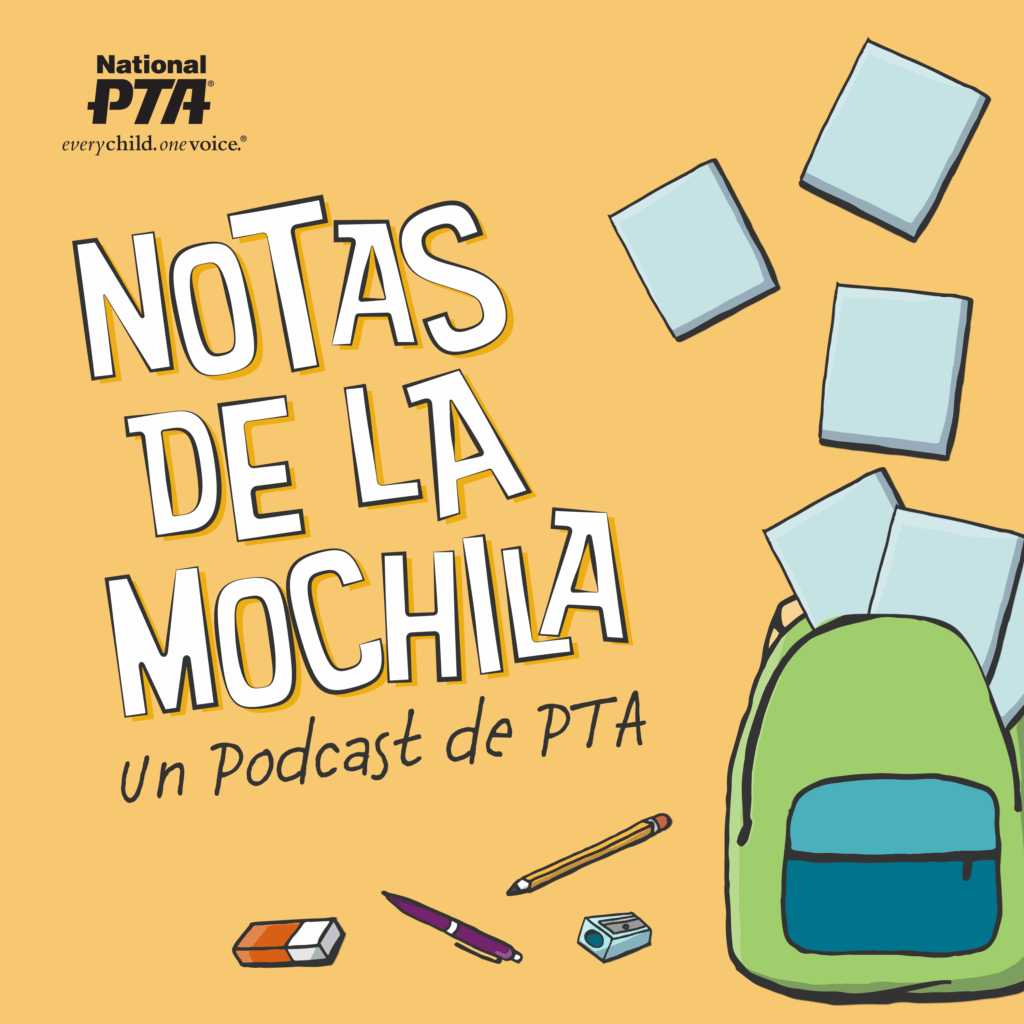Walking is one of the best things kids can do for their health, emotional well-being and academic success.
Yet between 1969 and 2009, the number of kids walking to school dropped from 48% to 13%. During the same time period, childhood obesity tripled and traffic congestion grew around schools, negatively affecting air quality and snarling nearly everyone’s morning commute.
The good news is over the past 10 years, there has been a surge in demand for safe, walkable schools and neighborhoods. In September, U.S. Surgeon General Dr. Vivek Murthy issued a call to action for Americans to work together to make our communities more walkable for people of all ages and abilities. Ensuring kids and families have safe routes to walk or bicycle to and from school is critical to achieving that goal.
“Walking is one of the most powerful tools we have to increase physical activity and emotional well-being for kids,” said Dr. Murthy when he visited Myrtle Tate Elementary School in Las Vegas to raise awareness about walking to school.
It’s not just our national leaders who are calling for Americans to walk more. There is rising demand for walking and walkability in local communities and schools across the country as well. Each year, more students, families and schools participate in international Walk to School Day, which is the first Wednesday of October. More than 4,780 schools participated in 2014.
Walking is one of the simplest, most effective, and most affordable strategies for kids AND adults to build physical activity into their lives. One mile of walking translates to two-thirds of the recommended 60 minutes of physical activity each day. And the benefits of walking extend beyond health. Studies show that active kids do better academically. Research has shown that there are links between physical activity and academic achievement.
Teachers and parents can speak to the advantages of making sure students have opportunities to walk and be physically active. Jonathan McSwain, a physical education instructor at KIPP DC-Heights Academy in Washington, DC said, “Physical activity is very important to Heights Academy students. Walking, jump roping, playing tag and playing sports in P.E. class helps them get the wiggles out, giving them the ability to better concentrate on their studies and establishing an early love of being physically active.”
If you’re inspired to walk or bicycle with your child to school, here are some ideas to make sure your family can be physically active and stay safe:
- Check out the Safe Routes to School National Partnership’s resources on safe bicycling and safe walking. These fact sheets include tips on where to walk and bike, how to be seen and how to have fun while walking and bicycling safely. You can also find resources on how to advocate for stronger policies that support safer infrastructure and funding for Safe Routes to School programs.
- Host or join a Walk to School Day event at your school. Many schools have found that hosting a Walk to School Day event helps showcase demand for walking and bicycling to officials and the wider community, leading to tangible improvements such as better crosswalks, new sidewalks and bicycle paths. Walk to School Day is celebrated as a way to bring parents, students and school staff together, building a sense of community and fostering school spirit.
- Make Fire Up Your Feet your first stop for information and support for joining the movement for healthy, active schools. Any school can use Fire Up Your Feet to track activity during the month of October, and in participating activity challenge regions to win awards to support walking, bicycling and physical activity programs at your school.
For more information about walking to school and Safe Routes to School, visit saferoutespartnership.org.
Margaux Mennesson is the communications manager at the Safe Routes to School National Partnership.


















